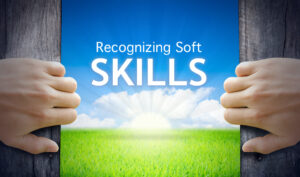
The State of the Frontline Work Experience in 2021 [Podcast]
Frontline workers have had a difficult time over the last couple of years, to say the least. Many haven’t had the option to explore hybrid

Frontline workers have had a difficult time over the last couple of years, to say the least. Many haven’t had the option to explore hybrid

Anyone can launch a DEI initiative. The big challenge is to succeed. What’s the biggest roadblock? Human unconscious biases. Psychologists have shown over and over

A recent analysis by McKinsey found that the pandemic has transformed how we work for good. Yes, some of us will return to the workplace.

Yes, workplace soft skills still matter. In fact, amid our ever-changing “new normal,” the intangible qualities that focus on behavior, personal traits and cognitive capabilities